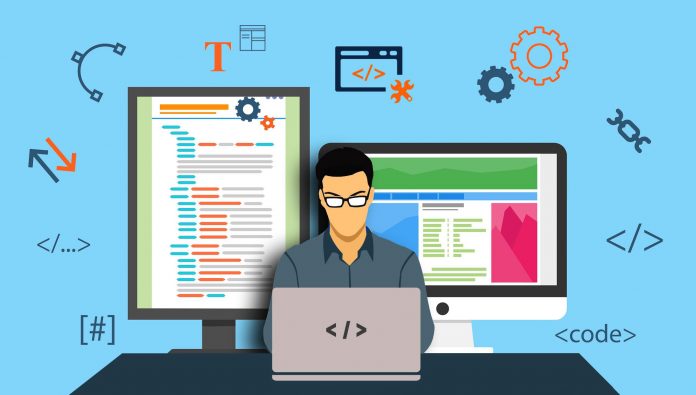Web development has become an essential skill in the digital era. It is the process of creating and maintaining websites, and it involves different disciplines such as graphic design, coding, and search engine optimization (SEO). If you want to get started with web development, this step-by-step guide will help you.
Contents
Choose a Platform
The first step in web development is to choose a platform to build your website. There are many options available, but the most popular ones are WordPress, Wix, and Shopify. WordPress is a free and open-source content management system (CMS) that is easy to use, and it powers more than 40% of websites on the internet. Wix and Shopify are website builders that offer drag-and-drop interfaces, which means you don’t need to have coding skills to build your website.
Plan Your Website
Once you have chosen a platform, the next step is to plan your website. This includes deciding on the type of website you want to build, the target audience, the content you want to publish, and the website’s design. You can use mind mapping tools such as MindMeister and Coggle to organize your ideas.
Choose a Domain Name
Your website’s domain name is its address on the internet, and it is crucial to choose a name that reflects your brand and is easy to remember. You can use domain name registrars such as GoDaddy and Namecheap to search for and buy domain names.
Set Up Web Hosting
Web hosting is the process of storing your website’s files and making them accessible on the internet. There are many web hosting providers available, such as Bluehost, HostGator, and SiteGround. When choosing a web hosting provider, consider factors such as uptime, speed, security, and customer support.
Install and Configure Your Platform
After you have chosen a platform, planned your website, chosen a domain name, and set up web hosting, the next step is to install and configure your platform. This involves creating a database, installing themes and plugins, and customizing your website’s design and functionality. You can find tutorials and documentation on your platform’s website.
Create Content
Once your website is set up, the next step is to create content. This includes writing copy, creating images and videos, and optimizing your content for SEO. You can use tools such as Grammarly and Hemingway to improve your writing, and tools such as Canva and Adobe Creative Suite to create visuals.
Test Your Website
Before you launch your website, it is essential to test it to ensure that it works correctly and provides a good user experience. This includes checking for broken links, testing your website’s speed, and making sure it is mobile-friendly. You can use tools such as Google PageSpeed Insights and GTmetrix to test your website.
Launch Your Website
After you have tested your website, the final step is to launch it. This involves making it live on the internet, submitting it to search engines, and promoting it on social media and other channels. You can use tools such as Google Search Console and Google Analytics to monitor your website’s performance and make improvements over time.
In conclusion, web development is a complex process that requires different skills and tools. By following this step-by-step guide, you can get started with web development and create a website that reflects your brand and provides value to your audience. Remember to keep learning and experimenting, as the web development industry is constantly evolving. Good luck!



